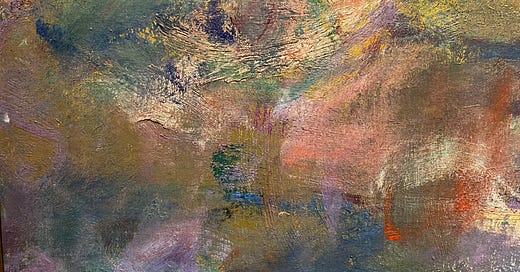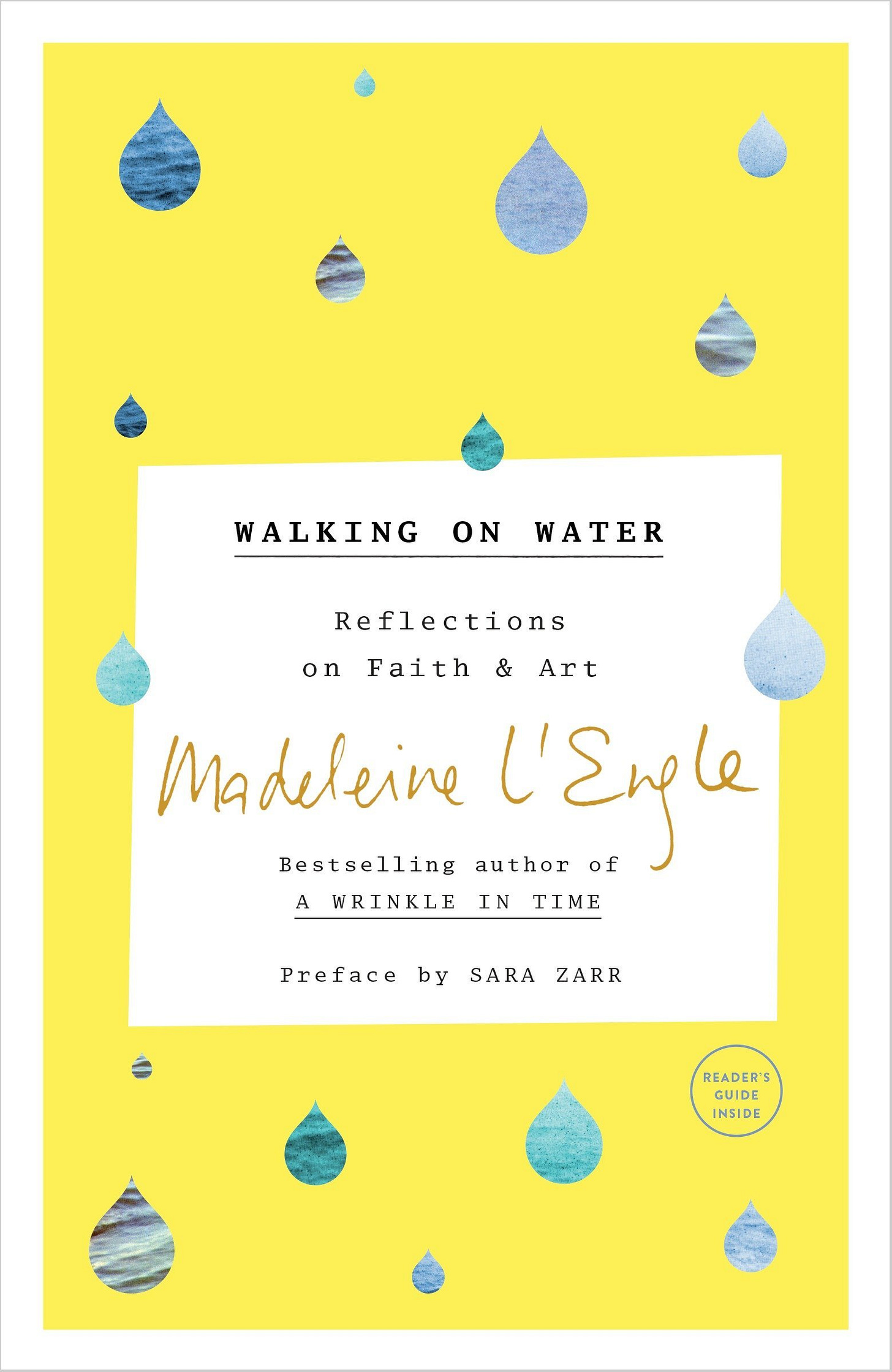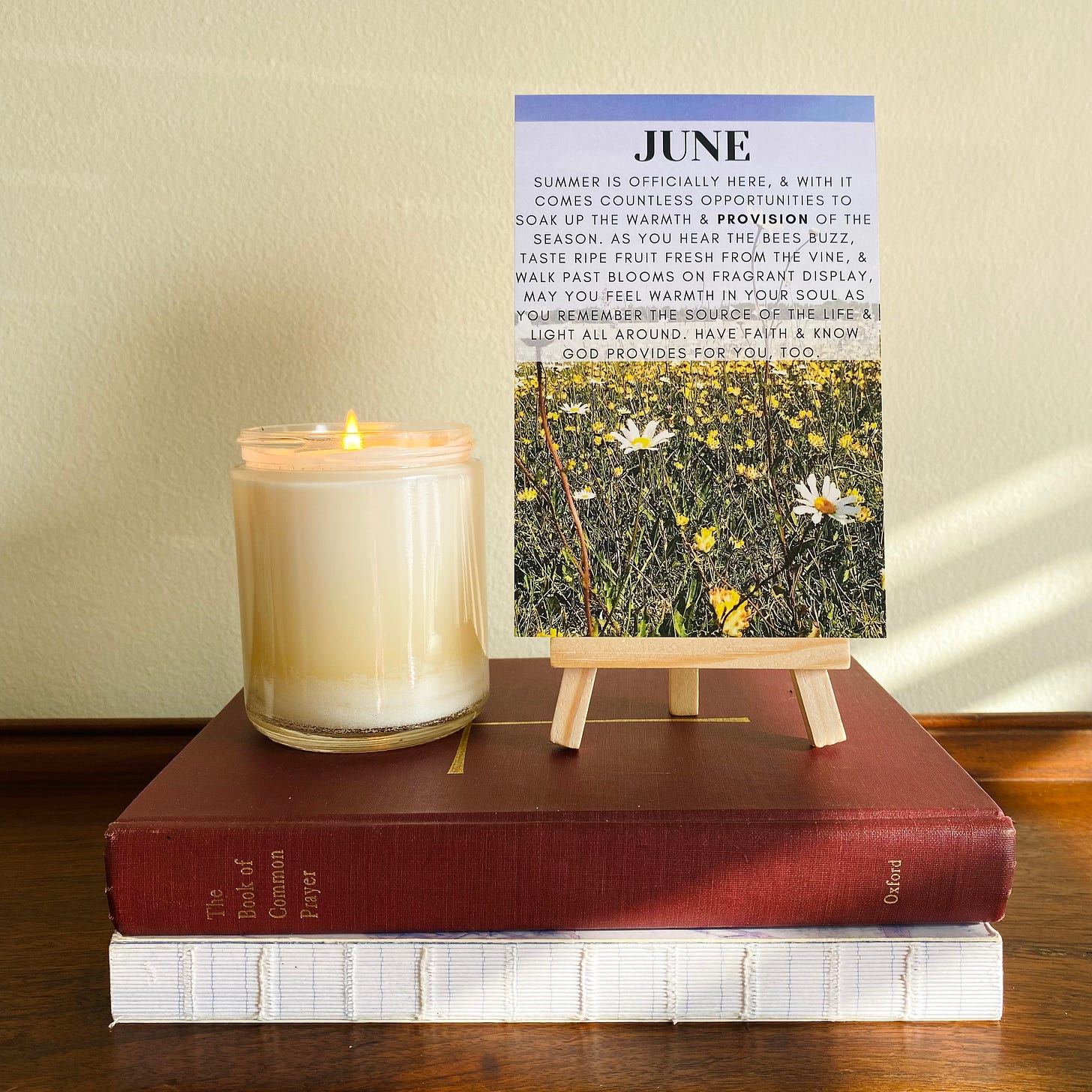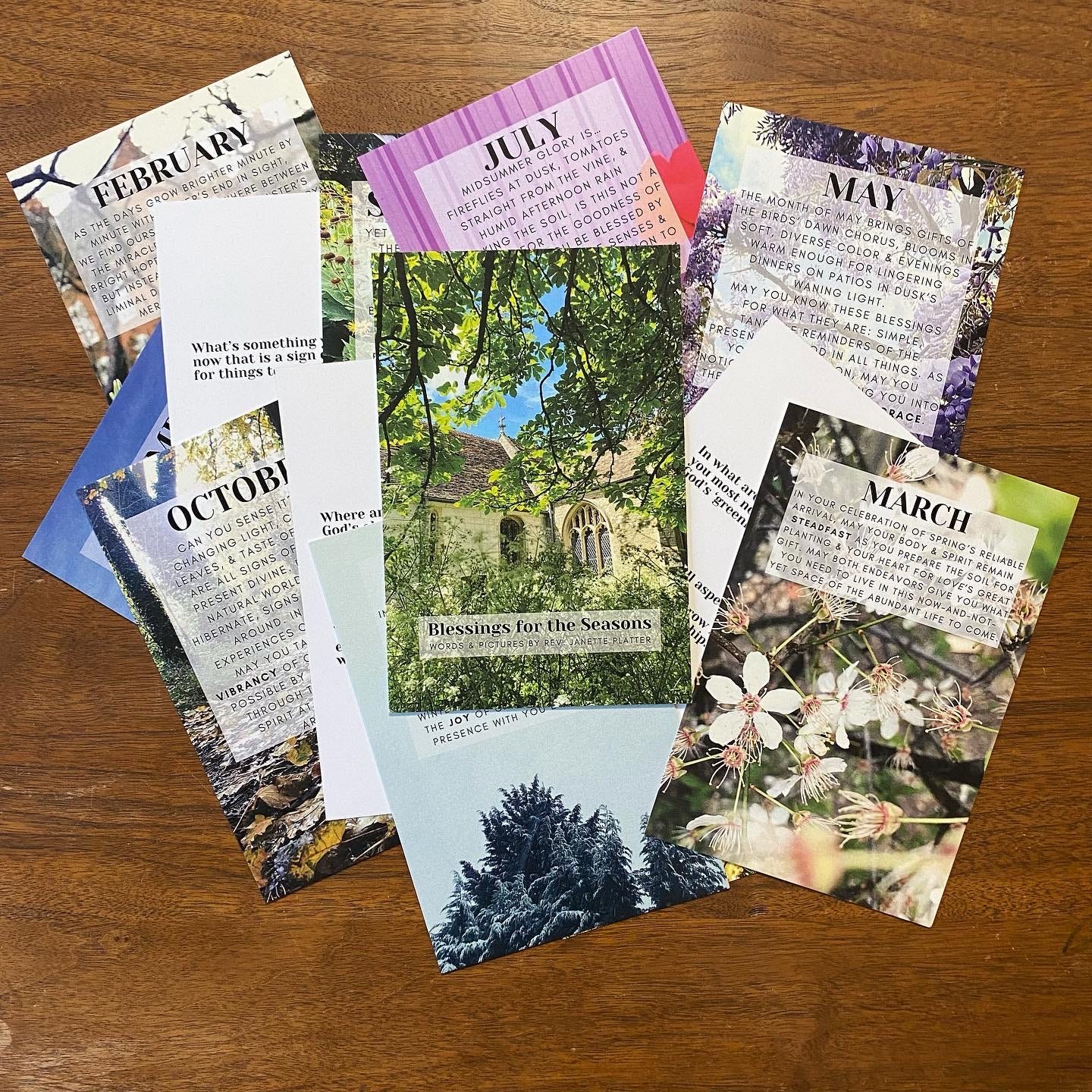Greetings friends,
As ever, it is good to be with you. I know we aren’t physically together, but each time I sit to write I feel a sort of presence in our kindred spirits and your encouragement. Thank you for being here! I’m writing from a cafe which is in a plant nursery. Amazingly, this is the closest cafe to where I live. Their tagline is “caffeine and chlorophyl” - is that not just perfect? I wish we could sit here together and chat over London fog lattes about spirituality and plants and music and all good things.
Jonathan is back from Germany, the kids and I had Covid, I am not teaching this semester, and we are continuing to figure out life in Kansas City. So far 2022 is very cold, and I am very displeased. But we got cats (!!), I am beginning to pick out seeds for the growing season, and I’ve identified a local place I’d like to volunteer. These things combined are helping me step outside of myself and my depression a bit more each day. I’m hopeful and still giving myself permission for the hard days when they come around. I’d sincerely love to hear how you are, so do reply to this email if you’d like to chat.
This month’s newsletter contains the regular elements: an essay, ideas for digging in a bit deeper, some notices, and a blessing. Do pour yourself a favorite beverage if you can and give yourself permission to rest as you read.
On one of my few days out of quarantine in December I visited Kansas City's Nelson-Atkins Museum of Art. For this hour of Kairos time1, I felt at home knowing I could be anywhere in the world. The Nelson-Atkins has so many shared qualities with other museums I've visited, and I eased into the comfort of the marble floors and columns, murals, quiet corridors, and colorful walls displaying centuries of creativity.
It’s only been in the last decade or so that I've cared much for art museums, poetry, sculptures, classical music, and the like. I'm very much a novice at interpreting and making sense of this sort of art and creative expression, so you'll not see a lot of what's considered 'critical engagement' from me on these topics. However, I am growing in my comfort of sitting with the art and taking notice of the details and my own feelings in the process. I'm beginning to identify favorite styles and eras and what once before felt foreign, and frankly sometimes boring, now inspires and often sustains me.
The Nelson-Atkins is all together gorgeous and houses a stunning collection, including one of Monet's oil paintings from the series Water Lilies. Last year they changed the way they display this painting; instead of simply hanging it on the wall among other paintings in the gallery, it now has its own room where they have created a sound and light display that lasts for 10 minutes and repeats each quarter of an hour.
As I've gained exposure to different kinds of art, I find I am most drawn to the impressionists. Van Gogh is my favorite; his Cafe Terrace at Night transports me to European sidewalk cafes under starry skies, an experience that cannot be replicated. Claude Monet is also a well-regarded impressionist artist from the 19th century with many of his pieces quickly recognized by his distinct style.
I sat viewing Monet’s Water Lilies display for at least 15 minutes. While I was there, transfixed by the changing colors and sounds, I noticed another museum patron walk up to view the painting up close. I hadn't thought to do that with such a big painting, but his attention to detail sparked my own curiosity. When he left the exhibit I walked up to the painting to do the same. I stood on one side and surveyed the painting an inch at a time. I was surprised that I could see individual brush strokes and the lines made by the bristles. I didn't realize from afar the bits of royal blue paint but sure enough, it was there. Up close, the painting revealed the life of the painter. I imagined Monet in his garden and I wondered how he could paint this mix of colorful strokes with the whole in mind. At this distance, the painting simply was a mess of strokes and color; there was no distinguishable picture. After several minutes of this close examination, I backed up, slowly, and began to take in the whole. The messy strokes all combined did indeed make a scene, and all the life contained in each one and the clumps of paint on canvas were evocative, compelling, and transporting. I wondered how often Monet took a few steps backward to assess his progress.
It’s been on my mind for the month since I first saw it so I visited again last week. I sat on the floor of the gallery for yet another 15 minutes, watching the changing painting. Monet painted from his garden, and this use of technology in the display enabled me to feel like I was there.
I sat quietly and noticed… The most prominent colors at dawn are hues of purple and blue, pale pink, with barely-there touches of green. Birdsong begins, quietly at first then escalating as the light brightens. It must be midmorning now. The water comes alive with greens and browns now in better view. The darker smudges become more evident, and hints of peach emerge. The lights get brighter still and I imagine myself at the water's edge at midday. The brown has all but disappeared, the pinks become white, and oh, the birds! Singing in grateful chorus... Individual brush strokes are more evident than ever. Vibrant blues and greens. I feel calm and suspended in time, mesmerized by the progress and how a single painting could look so different with the simple change in light. As the light softens into afternoon, I observe again the balance of many shades of green, pink, and brown. The birds are mostly replaced with ducks who I imagine to be gently swimming by the lilies. Shades of orange glow from the canvas. Jonathan is beside me and he begins to nod off, his eyes slowly closing, as the day calms and evening is close. The light darkens slightly more, and dusky rose colors are now visible. I hear crickets, and maybe a frog? It's dark now and the colors are hardly distinct. Doves, or maybe owls, are the only animals I hear. Day becomes night and I imagine this is how Monet's garden looked under the moonlight. The world is asleep but the water is still alive. What used to be pink now looks blue. And then, waking me from my meditation, the lights return to a normal, gallery bright white. All colors are visible, and yet I now possess a new belief that life is teeming beneath and within each color on the canvas.
A few reflections have been stirring in my head and my heart since this painting first captured my attention. I think about how often we measure our lives by the view we have of things very close up, an inch at time. There is life in each stroke, surely, but it sometimes looks like a mess of color and not a distinct image with purpose. I consider the impressionists, whose style utilizes these small or maybe large brush strokes that are not always distinct. Compared to paintings that look like photos because of how detailed they are, impressionist art sometimes looks messy. And yet, those messy moves of brush on canvas contribute to the larger whole which is only fully recognized from a different perspective.
I'm also reminded that nature is a balm to our souls. The Nelson-Atkins' website says,
"Claude Monet found solace in nature. In 1915, when he began work on Water Lilies, it was against the backdrop of World War I. In this moment of death, destruction, and chaos all around him, he chose to focus on a verdant portion of his garden that demonstrated life. Setting his easel outside near his pond at his residence in Giverny, Money observed the shifting shapes, colors, and shadows on the water's surface amid the sounds of nature. He drew upon these sensory memories later in his studio while completing Water Lilies, hoping it would provide 'a refuge of peaceful meditation.'"
Observing and participating in the patterns of nature invites us to a world outside ourselves, in which the birds do not worry about their food for tomorrow and the flowers want to grow without concern for war or grief or death.
Knowing this was painted during a global war makes it all the more poignant and timeless as we continue to face difficulties of all kinds. Not only does Monet remind us to seek out natural beauty to find peace, his tendency to paint during the war serves as a reminder that art and creativity are necessary and worthy pursuits even when we are unsure of the future, afraid, or worried. Whether in times of crisis or peace, creating and viewing art uniquely point us to the divine and awaken our souls.
In her book reflecting on faith and art, Madeleine L'Engle writes,
"All of life is story, story unravelling and revealing meaning. Despite our inability to control circumstances, we are given the gift of being free to respond to them in our own way, creatively or destructively."
Monet responded to destruction with painting. L'Engle with writing. Bach with composing. Mary with mothering. St. Francis fed the birds. Last year, I planted a garden. How will you respond?
Of course there is fear that we will never have enough or be enough or create enough or think enough or be enough. Van Gogh had something to say about that:
"And - my target for my life is to make as many and as many good paintings and drawings as a can and then when my life is over, I hope to depart looking back lovingly and wistfully and thinking: Oh, the pictures I might have made! Yet this surely does not prevent me making what is possible" (Drenthe, October-November 1883).
It will perhaps encourage and comfort you to know that Van Gogh's talent was not recognized or celebrated in his lifetime. He created anyway, and now we enjoy the fruit of his labor when we are transported to starry fields and cafe terraces. What might be possible for you to make in your own unfolding story?
Light is an integral part to the experience of impressionist art, which I now understand more having experienced the exhibit at the Nelson’s-Atkins. Just as light changes the colors present in Water Lilies, so does the divine light illumine us. In different seasons of our lives, different colors will be evident. We may have our favorite, and that is fair enough. But do remember that Christ’s light brings hope to every color, every corner, and every created thing. Take solace knowing the picture is often greater than we can see or understand from our close experience of it.
This blessing from Isaiah was said during this season of Epiphany at my church last weekend. I pray you not only experience the light, but you know that your life is a radiant whole despite the times you only see the messy strokes up close. May you know that even in those moments when you are unable to 'zoom out' for yourself, and all you see is indistinguishable color, the many strokes of your life are vibrant and full of life, and that you reflect the everlasting light of our risen Lord.
Arise, shine, for your light has come.
Nations shall come to your light, and kings to the brightness of your rising.
They shall bring gold and frankincense and proclaim the praise of the Lord.
Your gates will be open continually, shut neither by day or by night.
No more will the sun give you daylight, nor moonlight shine upon you,
But the Lord will be your everlasting light.
Your God will be your splendor.
Isaiah 60:1-3
Ideas to help you think more about faith and art…
Find a local art museum, gallery, or show sometime in the coming months. Can you find a piece that speaks to you and somehow reveals the Divine? I’d love to hear about it if you do. If public art is unaccessible to you, perhaps you can go to the library or a local bookstore to find a book about the impressionists. Flip through the pages. What catches your attention? How do you experience the individual strokes and the whole image?
Find local artists to support and explore. I’ve recently stumbled across Sarah Allbrook who paints beautiful scenes of my beloved Cambridge and Peter Crane who paints lovely Kansas landscapes, both with an impressionist style.
Read Madeleine L’Engle’s Walking On Water: Reflections on Faith and Art. She specifically writes for writers but I think it’s applicable to all creators, whether you are creating art for public consumption or the art of keeping habits and a home.
Grow a garden, read some poetry, watch a well-crafted show or film, listen to Bach or Handel or Taylor Swift (You had to have known I’d mention my girl Taylor). Give thanks for the creative gifts of God, be inspired, and rest. I wonder what you will be inspired to create in response. (Viriditas exists because I started a garden last year. Who knew!)
Coming Soon!
Beginning the first week of March, I will be leading us in a grow-along for spring!
This will be un-fussy, un-complicated, and un-polished. I will certainly offer tips along the way for your own growing pursuits - newbies and experienced growers are all welcome. My goal is to post a video (10 minutes or less) on Instagram each week that will highlight what I’m planting and tending along with a sort of reflection/devotional while we work in the dirt together.
We don’t have to plant the same things, but if you are new to growing things do let me know and I can offer some tips for what would be good starter plants according to your options for where/how you are able to grow. I will be growing a mix of things so it is accessible to everyone - we will have indoor potted plants, outdoor potted plants, and garden bed plants all included! You will get to see my successes and failures in real time. 😉 I’ll send another email closer to time with some suggestions of supplies and seeds to have on hand, but if you know you want to participate and would like to get your supplies now, do reply and I’d be happy to help.
Blessings for the Seasons Cards
I still have a few sets of the Blessings for the Seasons cards for sale. On the backside of each blessing you’ll find a question for reflection and a breath prayer. They would make a great gift, wink wink! Maybe a family member who loves to garden or spend their time outdoors? Or a friend who loves to feel the wind on their face while on a swing set? Or that person in your life who *loves* autumn colors? Reply to this email directly if you’d like a set or two.
Printed 4x6 cards with miniature easel - $20 plus shipping
Printed 4x6 cards without easel - $18 plus shipping
Digital images only - $15
A Blessing for Light
In your daily life
when you are not sure if the individual strokes
will be enough to make a beautiful whole,
may you know the light of Christ
illumines and guides you,
and is reflected in your work
for all who observe from a distance.
You are loved,
You are bright,
You are vibrant.
What you see as messy
is a beautiful, compelling story.
Keep telling it.
With love and light,
Janette
‘Kairos’ time means the clock is somewhat suspended while you live in the moment, feelings, and experiences. In contrast, ‘chronos’ time is keeping specific track of the minutes, hours, and days. One of my favorite reflections on the difference is by Glennon Doyle.











